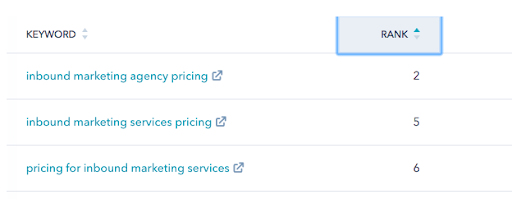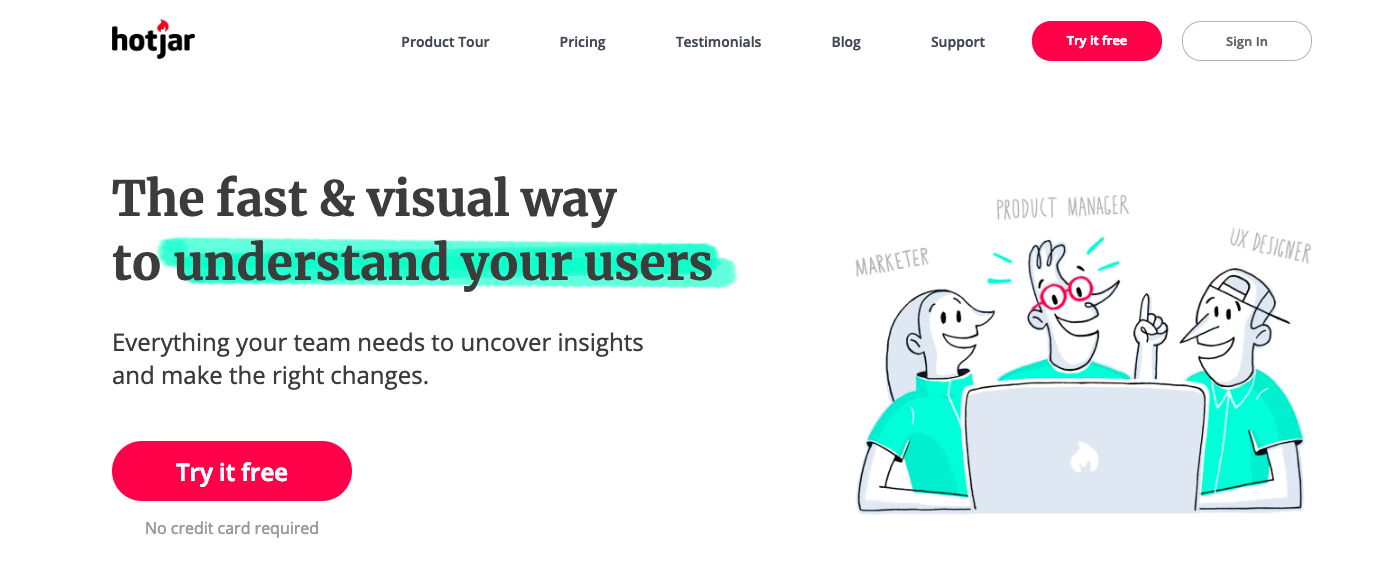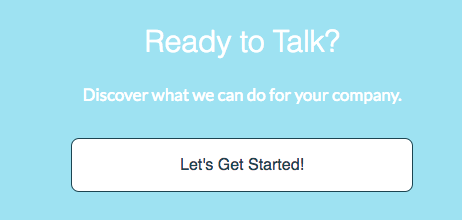
7 Pricing Page Experiments to Try in 2019

During a recent conversation, we found ourselves asking, “How can we make a contribution and inspire anyone with a website? How can we ensure businesses are attracting qualified prospects to their site and encouraging them to reach out for a consultation?”
We landed on this answer: experimentation.
Experimenting works. One can determine the cause of consumer behaviors and the effects of our own. And results can be replicated on future endeavors. So that is what we are going to do.
To narrow down our labor of love, we have decided to create experiments to perform on our pricing page specifically. It is a highly visited webpage along the buyer’s journey as prospects consider working with Kuno Creative — and we want it to be the best performing page possible.
We'll take a look at seven experiments companies can run to gain more insights into how users interact with their pricing pages and make informed improvements to increase sales.
Must-Try Pricing Page Experiments
Important Note: Only test one thing at a time to make it clear what experiment is responsible for new-found success!
Experiment 1: Optimize for SEO
Following a refocus on our site’s SEO strategy, we saw our pricing page steadily increase in Google rankings, finally settling in at No. 2 in SERPs for the search phrase “inbound marketing agency pricing.” It also ranks well for “inbound marketing services pricing” and “pricing for inbound marketing services.” Since these are mid- to bottom-funnel search terms with strong buyer intent, we were thrilled.

This success followed an experiment we performed in updating our H1, meta description and intro paragraph to align with the search term “inbound marketing agency pricing.” Previously, the page led with “Pricing and FAQs.”
SEO can have a huge impact on the success of your pricing page. Not only will prospects click to your pricing page within your website, but they can also land on it organically via search if you have it optimized correctly.
Do your homework. What are people in your industry searching for? Consider the volume of searches in relation to the keyword difficulty of your ideal keywords. Keyword difficulty is a cumulative score that shows you how difficult it will be to rank organically for a keyword. It accounts for the number of competitors within this space, as well as their strength. As a best practice, look for keywords with a difficulty score lower than 80.
Once you decide on your keyword phrase, add it to your headline, page title, page copy and meta description. Continue to check in on your page’s ranking and tweak if necessary.
Experiment 2: Review Heat Maps
While traffic analytics are necessary to any digital marketing strategy, they don’t necessarily provide you with a deep dive into understanding how visitors are engaging with your webpage. Applying a heat mapping software, such as HotJar or Crazy Egg , can do just that.
Heat mapping is a tool applied to webpages to better understand user behavior. They can show where users have clicked on a page or how far they scrolled. They can also deliver the results of eye-tracking tests.
 Credit: Optimizely
Credit: Optimizely
Once you better understand where your visitors are clicking, you can update your pricing page to ensure ultimate engagement.
Experiment 3: Watch Recorded User Sessions
You can take user engagement experiments a step further with recorded user sessions. Platforms like Hotjar allow companies to see exactly what visitors are doing on your website by tracking clicks, mouse movements and scrolls. The software then provides an anonymized recording for each visitor.

This type of experiment not only puts you in your users’ mind set, it also allows you to make improvements immediately. This agile approach to improving your pricing page can make the difference between moving a deal to the “Sales Won” column versus “Sales Lost.”
Experiment 4: Engage Users with Chat
Adding a chat element to your website is a long-term experiment. It can take a while to create a culture shift where everyone understands not just the benefits of chat, but how to make it successful, too. However, your pricing page can be one place where experimentation can literally translate to more revenue.
Consider this: Pricing is often a behavior that signifies intent to purchase. Why make a qualified prospect fill out a form and wait for you to get back to them? Chat messaging allows for instant and targeted communication that can end with booking a meeting on a sales rep’s calendar — eliminating several days of back and forth emailing.
To kick off this experiment, arm your team with several “scripts” that can be used in regard to pricing FAQs. Then take a few minutes every day to review conversations and make updates based on outcomes. This one will take a lot of trial and error.
Experiment 5: A/B Test CTAs
This is not a new idea, but it cannot be dismissed. Providing the next step for prospects to take on your pricing page is a no-brainer. But ensuring that next step is actually being taken can be overlooked fairly easily. This was our CTA at the bottom of our pricing page:

The truth? It was not working. We saw little to no conversions over a handful of months. Step 1 in our experiment is over. And with the launch of our new website design, we have several A/B tests we would like to conduct with this CTA.
Here are just a few we have planned:
- Update button color
- Update button text (including that exclamation point)
- Update language above button
- Consider removing button in favor of chat option only
Remember, just one experiment at a time!
Experiment 6: Roll Out Transparent Language
For many years, we didn’t want to scare people away based on pricing. But as we matured as a company, we realized that hundreds of leads asking for consultations that ultimately could not afford us was both a waste of resources and money. So we adjusted our language to be clear and up front: “We typically work with both B2B and B2C companies with $50 million+ in annual revenue, and a digital marketing budget greater than $250,000.”
Once we added this caveat, we still received consultation requests from companies who could not afford our services. But the vast majority had improved in quality.
To run your own experiment, consider what you are constantly saying in-house: “Wouldn’t it be nice if our SQLs were better qualified? Prospects should be better educated regarding services before calling.” Whatever it is, find a way to write it down and place it on your pricing page. If it is scaring off all your prospects, remove it. If it is improving the quality, you have a winning experiment.
Experiment 7: Craft a Calculator
When we added demand generation and paid advertising services to our arsenal, we realized how difficult it was to communicate the different levels of pricing based on ad spend. So we created a simple calculator and placed it in our FAQ section.

Now prospects can determine their own ad management costs and pricing is clear from the start. Anecdotal feedback has been positive regarding this latest experiment. If you have a line of service or a product with several tiers of pricing, consider experimenting with a calculator tool to provide transparency to your prospects.
To create a high-performing website that lasts, experimentation must be part of your strategy. Start small with optimizing for SEO and A/B testing CTAs, then move on to bigger, bolder experiments like integrating chat or utilizing recorded user sessions.
Your pricing page is incredibly important to your company’s success, but it is no place to play it safe. What experiments have you tried? Share in the comment section below.




